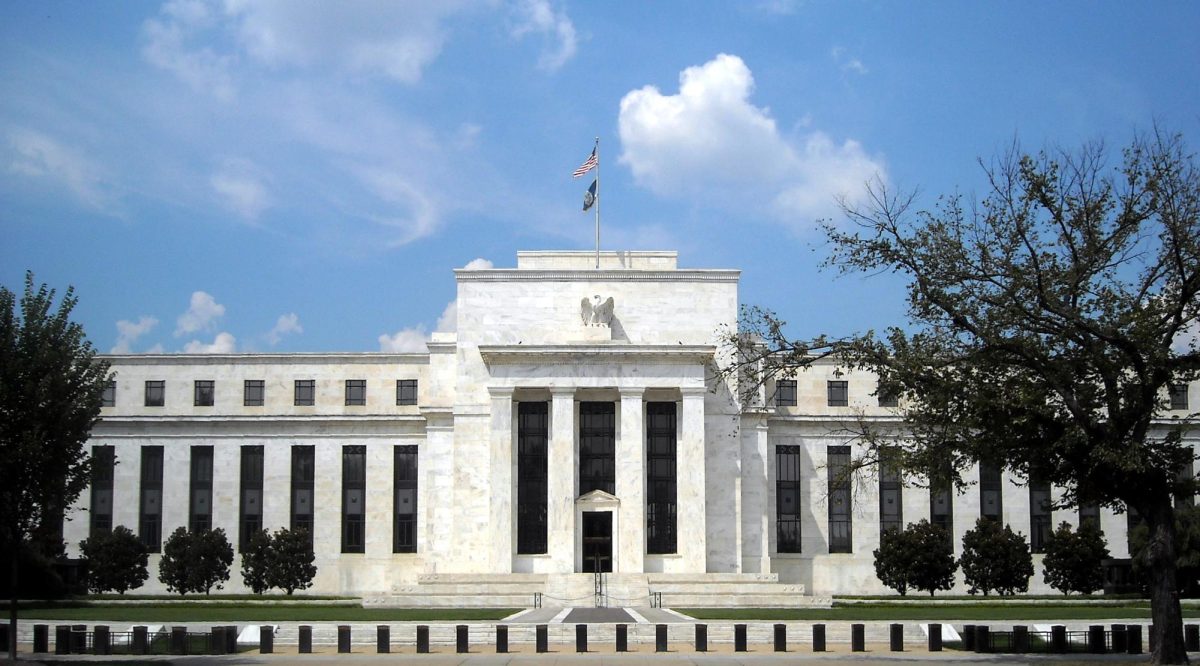September’s consumer price index report was released on Oct. 12, offering mixed data and highlighting both the persistence of inflation and some areas of potential relief.
The CPI continued its upward trajectory in September, with an increase of 3.7% from a year ago, surpassing the 3.6% prediction. Additionally, it rose 0.4% from the previous months, surpassing the 0.3% prediction.
Core CPI increased by 0.3% on the month and 4.1% on a 12-month basis, aligning precisely with expectations.
These figures underscore the persistent nature of inflation, which has been a cause for concern among consumers and policymakers alike.
Investors have had mixed reactions to the latest inflation news. The S&P 500 has remained stable, but the yield on 10-year Treasuries — at one point hitting a 16-year high — and the value of the dollar have both increased.
Wall Street has signaled that the Federal Reserve’s rate-raising campaign, which pushed interest rates to their highest levels, may be coming to a close.
Several top Fed officials have recently indicated that the central bank’s effort to cool the economy through higher borrowing costs may be complemented by market movements accomplishing a similar task.
“Overall, there is nothing here that will convince Fed officials to hike rates at the next FOMC meeting,” economists at Capital Economics wrote. “We continue to expect a more rapid decline in inflation and weaker economic growth to result in rates being cut much more aggressively next year than markets are pricing in.”
As a result, there is a growing belief that the Fed might be near the end of its rate-raising efforts, and some suggest it might hold off on raising rates at the next meeting. However, current geopolitical tensions guarantee nothing.
A striking finding of the CPI data was the 70% contribution of shelter prices to core inflation, which accounts for rents from leases and the implicit value of owner-occupied properties.
Lagging rental calculations were to blame, failing to appropriately represent current market conditions and exacerbate inflationary pressures. Additionally, high gasoline prices also contributed to the increased spending.
Despite these challenges, there were some encouraging signs in the report, particularly in food prices. Food price inflation reached its lowest rate since March 2021, now matching overall inflation at 3.7%.
This marks a significant shift, the first time since early 2022 that food prices have not outpaced the general inflation rate, offering a sigh of relief to American consumers. Grocery prices have shown even more restraint, with annual increases limited to 2.4%.
Additionally, the core CPI, excluding shelter costs, increased by only 0.1% for the month and 2% year over year.
This marks the lowest annual increase since March 2021 and provides some hope that the Fed’s efforts to control inflation are beginning to sprout.
As investors gauge the possibility of the Fed concluding its rate-raising campaign, consumers and policymakers should carefully monitor the inflation landscape and hope for a smoother economic path in the coming months.









